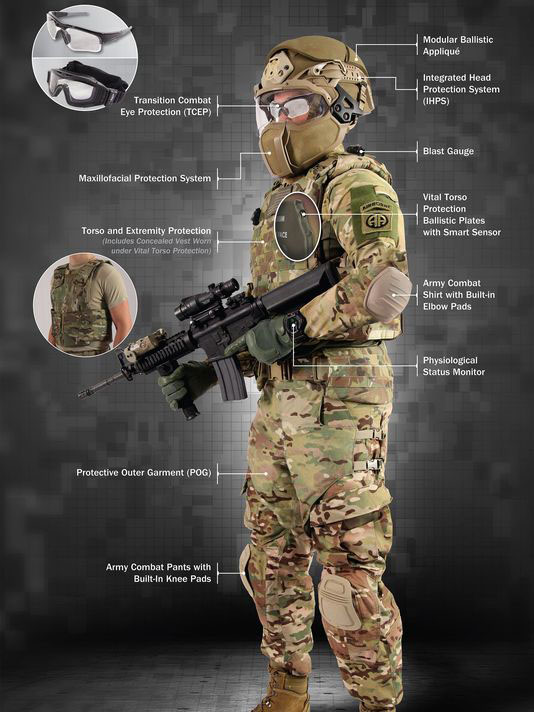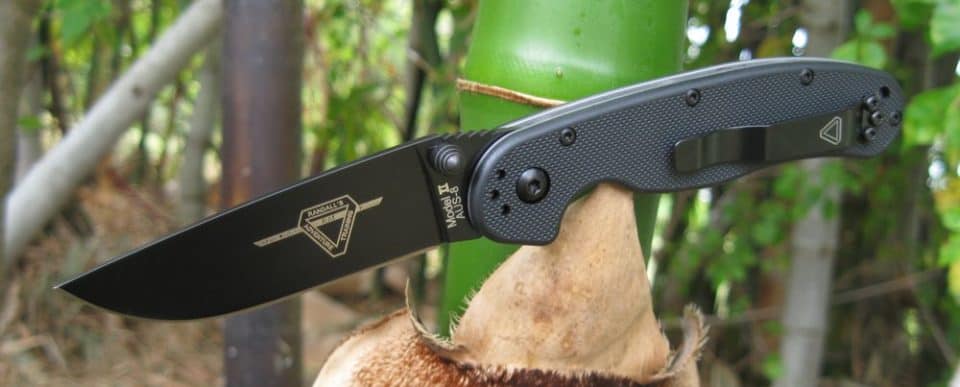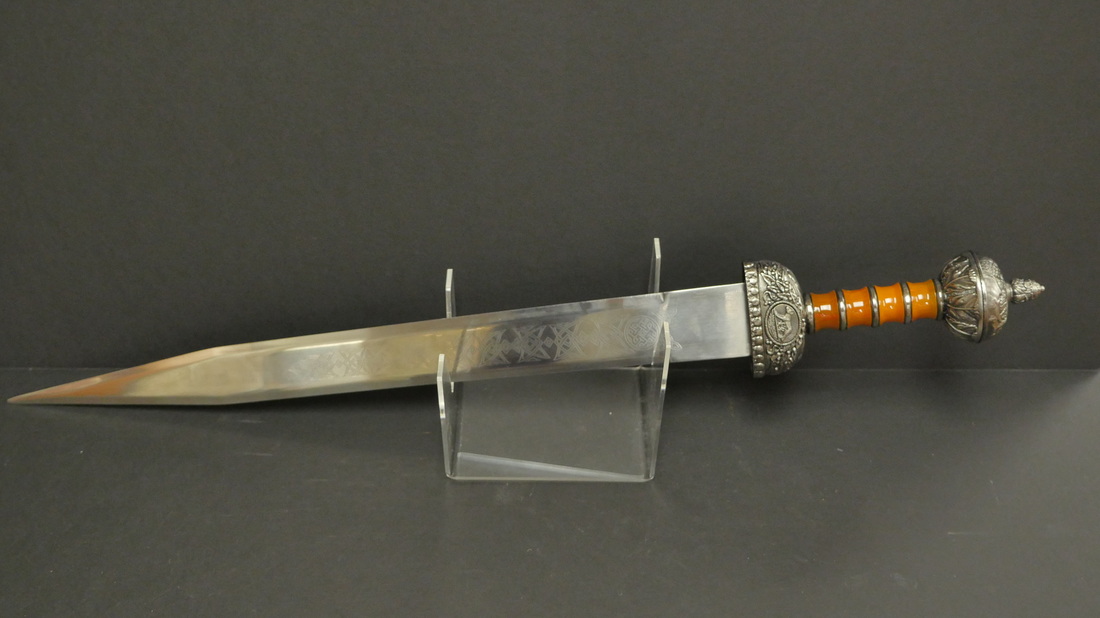HOW TO MAKE A BOW WITH SIMPLE TOOLS (woodworking video by Chop With Chris shows step by step how to make a primitive backed bow using a few simple hand tools, old wooden oak)
Understanding Basic Bow Shapes
In archery, a bow’s side profile reveals how its limbs will bend, store energy, and release power. This shape is not accidental; it reflects a deliberate balance of material strength, thickness, flexibility, and the bowyer’s intention for performance. Each curve and straight line in the limbs creates a relationship between tension and durability, affecting how the bow behaves once the string is drawn and released.
Although bow designs vary widely, most traditional shapes fall into three primary categories: straight, recurve, and compound. Straight-limbed bows maintain the same effective length throughout the draw because the string runs directly to each limb tip when the bow is braced. These bows demand materials capable of handling significant stress while still recovering their shape quickly enough to transfer energy efficiently. Many historical self bows, including classic English longbows seen at battles such as Crecy and Agincourt, followed this straight-limb approach due to its dependable performance and simpler construction.
A recurve bow differs in that the limb tips curve away from the archer when strung. This design allows a portion of the limb to make contact with the string, increasing stored energy and enhancing speed. Cultures known for horseback archery—such as the Persians, Scythians, Huns, Mongols, and early Turkic and Chinese groups—crafted composite recurves that were compact, powerful, and well-suited to fast, mobile combat. The compound bow, a more modern development, incorporates cams and pulleys to maximize efficiency and reduce holding weight, but traditional bow-making focuses more on straight and recurve limb philosophy due to their natural construction.
Selecting a Suitable Bow for Your Needs
Choosing the right bow is a personal decision, influenced by your body mechanics, shooting goals, and comfort level. A bow that fits your strength and technique will always feel smoother to draw and far more stable to shoot. One of the first aspects to understand is draw length—the distance you naturally pull the string before reaching a comfortable anchor point. Archery shops can measure this precisely, helping you avoid a bow that is either too short or excessively long for your shooting style.
The next major consideration is draw weight. This is the amount of force needed to pull the bowstring back. A suitable draw weight should allow you to reach full draw and hold it for at least a minute without strain. If the weight is too high, you’ll tense up and lose accuracy; too low, and the bow may not deliver the performance you want. Finding this balance is essential for consistent shooting.
It’s also worth thinking about axle-to-axle length (ATA), especially if you plan to use the bow in tight surroundings. Longer ATA bows tend to feel steadier and more forgiving, but shorter designs may be necessary if you often shoot in enclosed spaces like hunting blinds or wooded areas.
Another choice lies in the cam system if you’re exploring compound bows. Single-cam configurations usually feel smoother to draw, while dual cams emphasize speed and sharp performance. Hybrid cams blend both approaches and represent a newer technological middle ground.
These factors are only the starting point. Trying different bows from various manufacturers gives you a better sense of what feels natural in your hands. Comfort, control, and confidence matter more than specifications on paper. When you discover a bow that aligns well with your skills and shooting habits, it becomes a long-term companion, enhancing both accuracy and enjoyment every time you nock an arrow.





